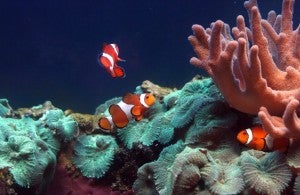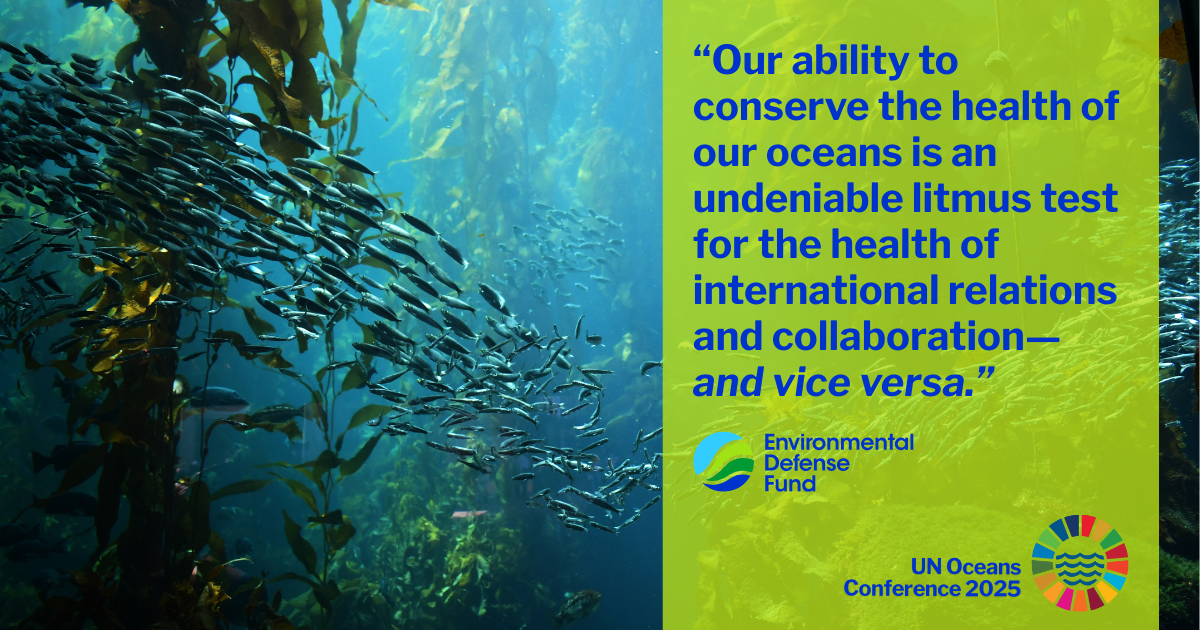Finding the Ecological Cliff and Staying Away from It: Thresholds for Sustainability
 In “The Tipping Point: How Little Things Can Make a Big Difference,” author and journalist, Malcolm Gladwell explains how sociological changes often happen very quickly and unexpectedly. He describes a tipping point as “the moment of critical mass, the threshold, the boiling point.”
In “The Tipping Point: How Little Things Can Make a Big Difference,” author and journalist, Malcolm Gladwell explains how sociological changes often happen very quickly and unexpectedly. He describes a tipping point as “the moment of critical mass, the threshold, the boiling point.”
It turns out that many natural ecosystems have tipping points too, called ecological thresholds. Healthy ocean ecosystems can resist change, exist in alternative states and recover from storms, earthquakes, volcanic eruptions – and even from human activities like pollution and fishing. Having more than one species that do similar things but in slightly different ways helps ecosystems stay healthy; i.e., makes them resilient. But when we reduce species so much that they can’t play their ecological roles or when we stress the system too much, these ecosystems can reach a tipping point and change rapidly from beautiful, productive systems to damaged systems that are incapable of creating the wonders and benefits they once produced.
Consider the kelp forest: lush kelp fronds and thick stipes shelter an incredible variety of fish and invertebrates, providing ecosystem services, such as seafood, agar, recreation, and sheltering of the coast from waves. Sea otters, certain kinds of fish, and lobsters consume urchins which in turn helps keep kelp (sea urchin’s main source of food) abundant enough to produce these benefits. When sea otter populations declined in 1800’s because of fur hunting, urchins became very abundant, overgrazing the kelp and causing many patches of kelp forest to disappear. Fishing – by removing other urchin predators – and pollution made the situation worse by reducing the resilience of the remaining kelp forests, causing them to change rapidly into “urchin barrens” – bare rocks, devoid of kelps, with urchins everywhere.
This example is just one of many possible undesirable outcomes associated with ecosystems that reach their tipping points. To prevent this, we will need to know where the tipping points are and how to create human institutions capable of staying well away from them. To those ends, I’m working on a new project with scientists at UC Santa Barbara’s National Center for Ecological Analysis and Synthesis (NCEAS) and National Oceanic Atmospheric Administration (NOAA) that will analyze existing data on tipping points in marine ecosystems to determine where they are and the factors that cause ecosystems to approach them. As part of the project, we will also work to devise a set of early warning indicators and management tools that may help to predict and we hope, prevent threatened systems from tipping.
Many ocean ecosystems exist in different states that are determined by many different factors and human activities like fishing and pollution can cause them to change state suddenly, by first reducing their resilience to change and them pushing them over the edge. I think this will be an important next step for fishery managers to care about and manage for healthy ecosystems instead of just bits of these ecosystems.












